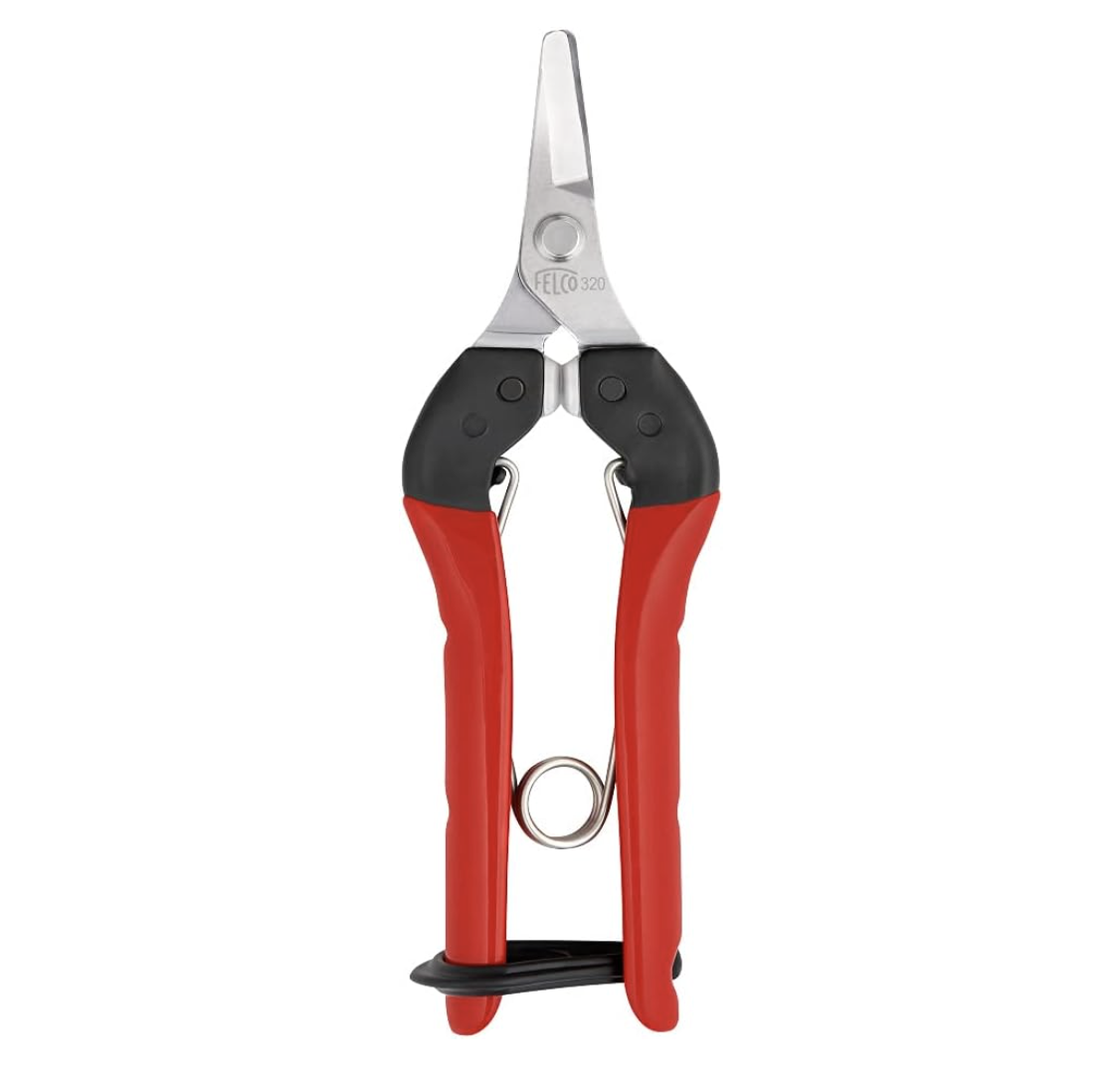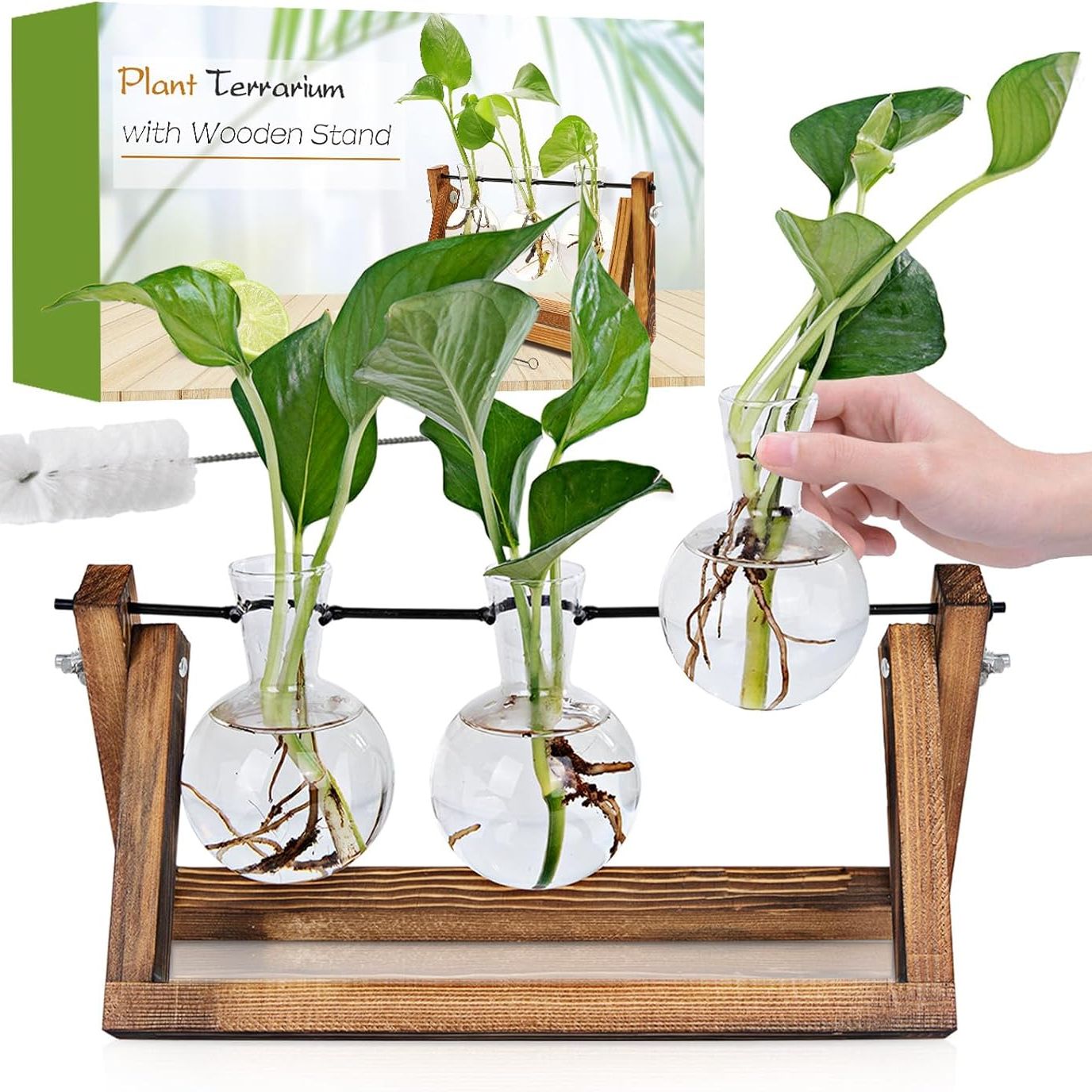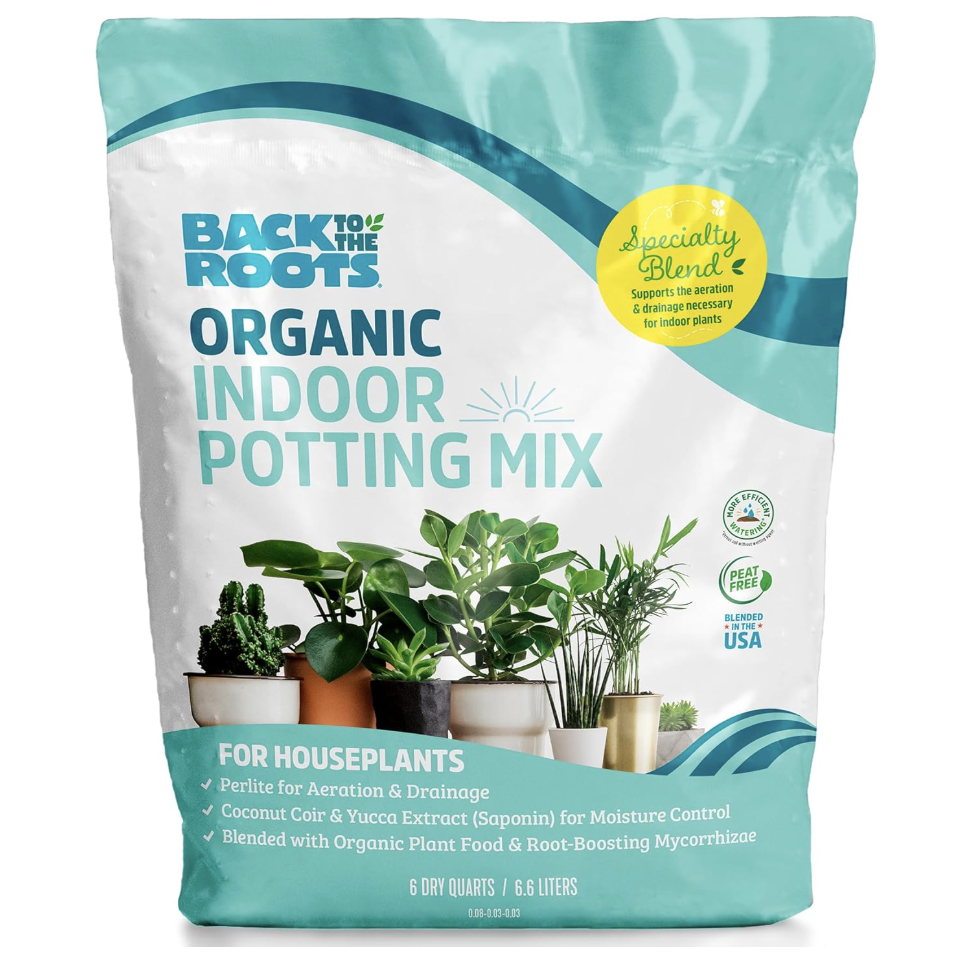How To Propagate Pothos: A Simple Step-By-Step Guide
Learning how to propagate pothos is a fun and easy way to expand your plant collection. Follow our simple step-by-step guide to discover how to do it yourself.

Whether you’re a brand new plant parent or have years of experience, there are many benefits to learning how to propagate pothos. These classic vining indoor plants are attractive and carefree, and propagating them is a fun way to expand your plant collection for free. You can also share propagated plants with friends or family to help them start their own indoor plant collection. In this step-by-step guide, we’ll discuss the best times and best methods to propagate pothos.
Best Time to Propagate Pothos Plants
The best time to propagate pothos is when plants are just waking up in spring. However, you can propagate a pothos anytime during the growing season, which is spring through early fall. During late fall and winter, pothos plants enter dormancy and their growth slows. This makes it more difficult to propagate plants.
Best Methods for Propagating Pothos
The best ways to propagate pothos plants are by cuttings, division or layering. Let’s take a look at how to grow new plants using these three different methods, starting with the simplest.
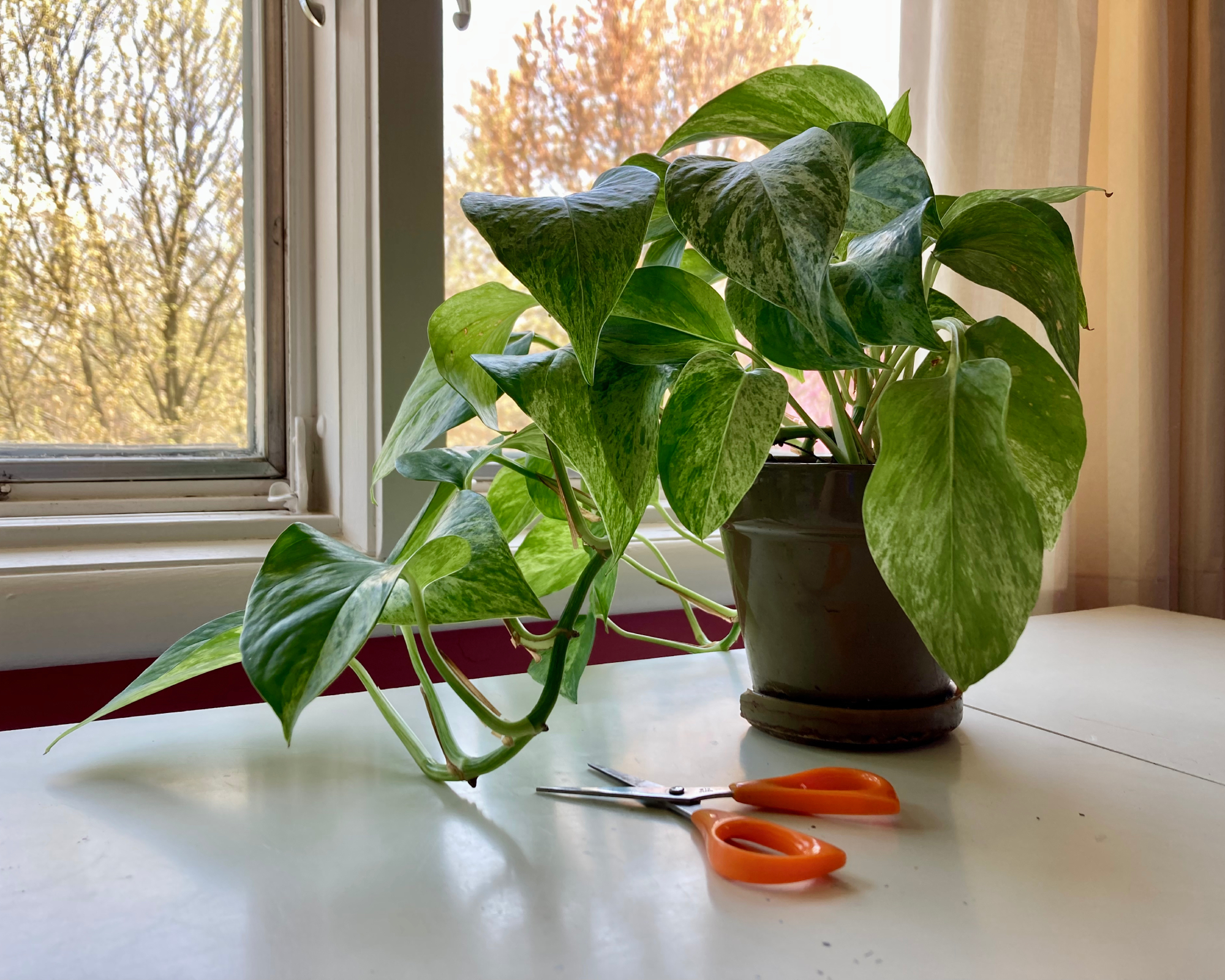
How to Propagate Pothos by Cutting
Propagating pothos via cuttings is the simplest and most popular method. In addition to giving you more plants to grow or share, taking cuttings can make pothos fuller as well. Just follow these three steps for cuttings that are ready to root into new plants:
1. Find a node
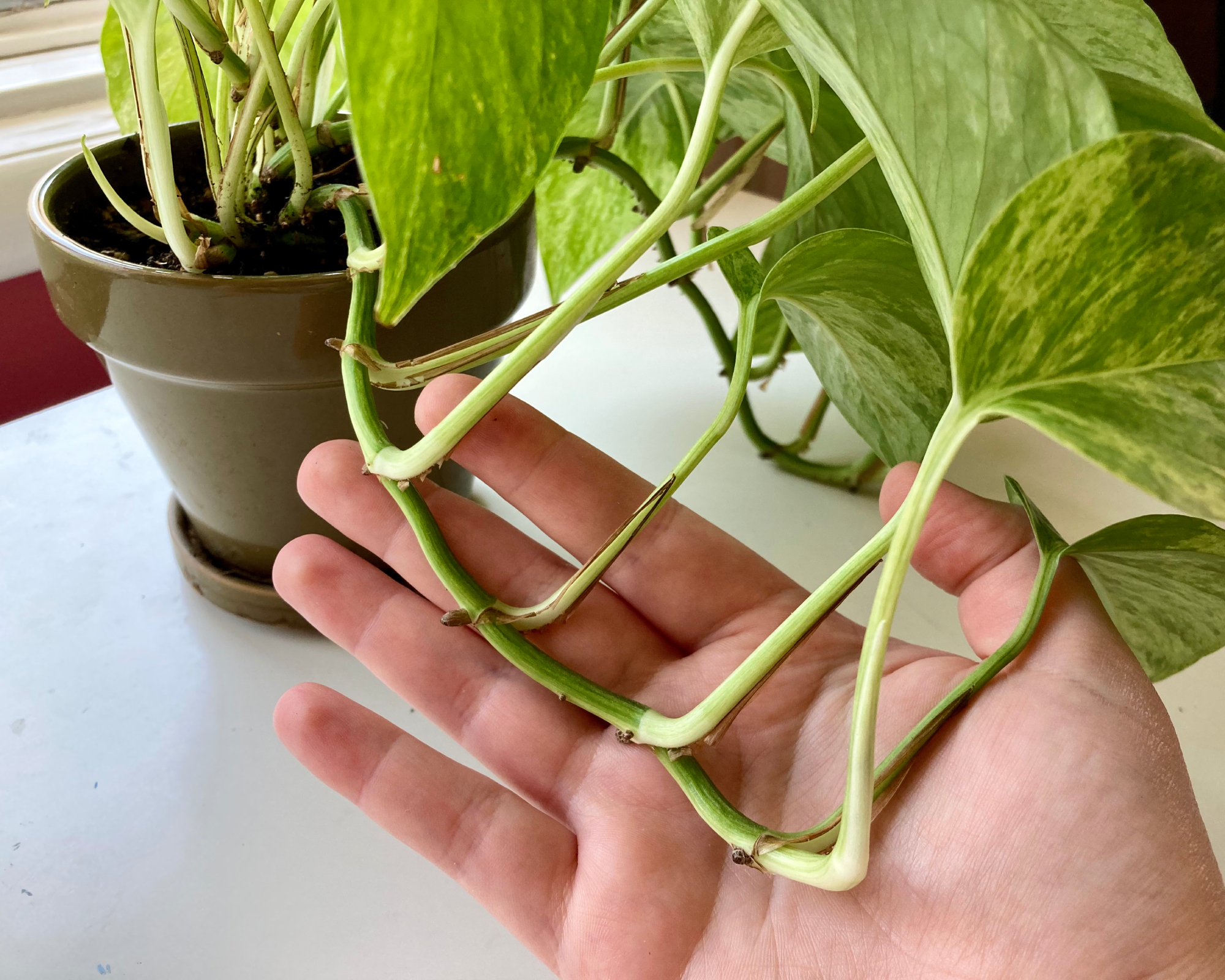
For this method of propagation, you need stem cuttings that are 4 to 6 inches (10 to 15 cm) long and have two to four leaves. Choose a healthy looking stem and find a node, where the leaf meets the stem.
2. Make the cut

Place a clean pair of scissors or pruners just above the node at a 45 degree angle and cut. Remove any leaves within a few inches of the cut end. This section of stem is where cuttings will develop new roots.
3. Prepare cuttings for rooting
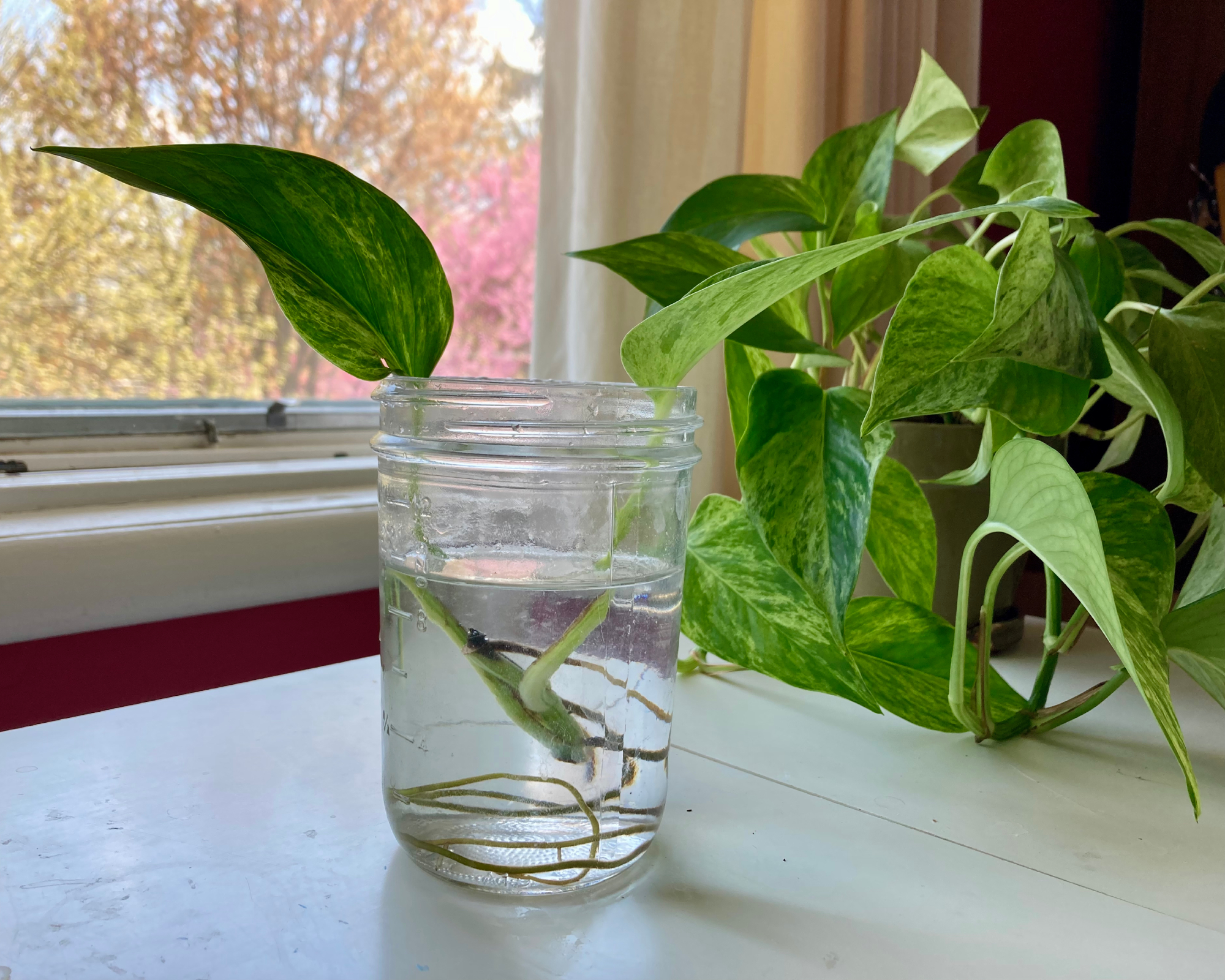
You can dip the cut end with rooting hormone to jumpstart growth, but this step is optional and typically works better when rooting plants in soil. Now that your cuttings are ready to grow, you can place them in either water or soil to start forming roots.
Sign up for the Gardening Know How newsletter today and receive a free copy of our e-book "How to Grow Delicious Tomatoes".
Rooting Pothos in Water
To root pothos in water, place stems in a jar or other vessel, like this propagation station from Amazon, filled with room temperature water. The node where you cut should be below the water line. Don’t let leaves dip into the water or they will rot and potentially kill the cutting.
Place your cuttings in a bright location with indirect sun. Change the water every couple of days. When 1 to 2 inches (3 to 5 cm) of roots form, plant pothos cuttings in a container with well-draining potting soil.
Rooting Pothos in Soil
To root cuttings in soil, prepare a clean container with a well-draining, pre-moistened potting mix. Consider this Back to the Roots Organic Indoor Potting Mix from Amazon. Dab a pencil into the soil to create a hole for the cutting. Place the cutting into the hole, and firm the soil around it until the cutting stands upright on its own.
To help cuttings start to form roots faster, increase the humidity around the cutting. You can do this by enclosing the container in a plastic bag or topping it with an inverted glass jar or humidity dome. As moisture collects, open the bag to allow air circulation. Then reclose the bag. Add water if needed to keep the soil moist but not wet.
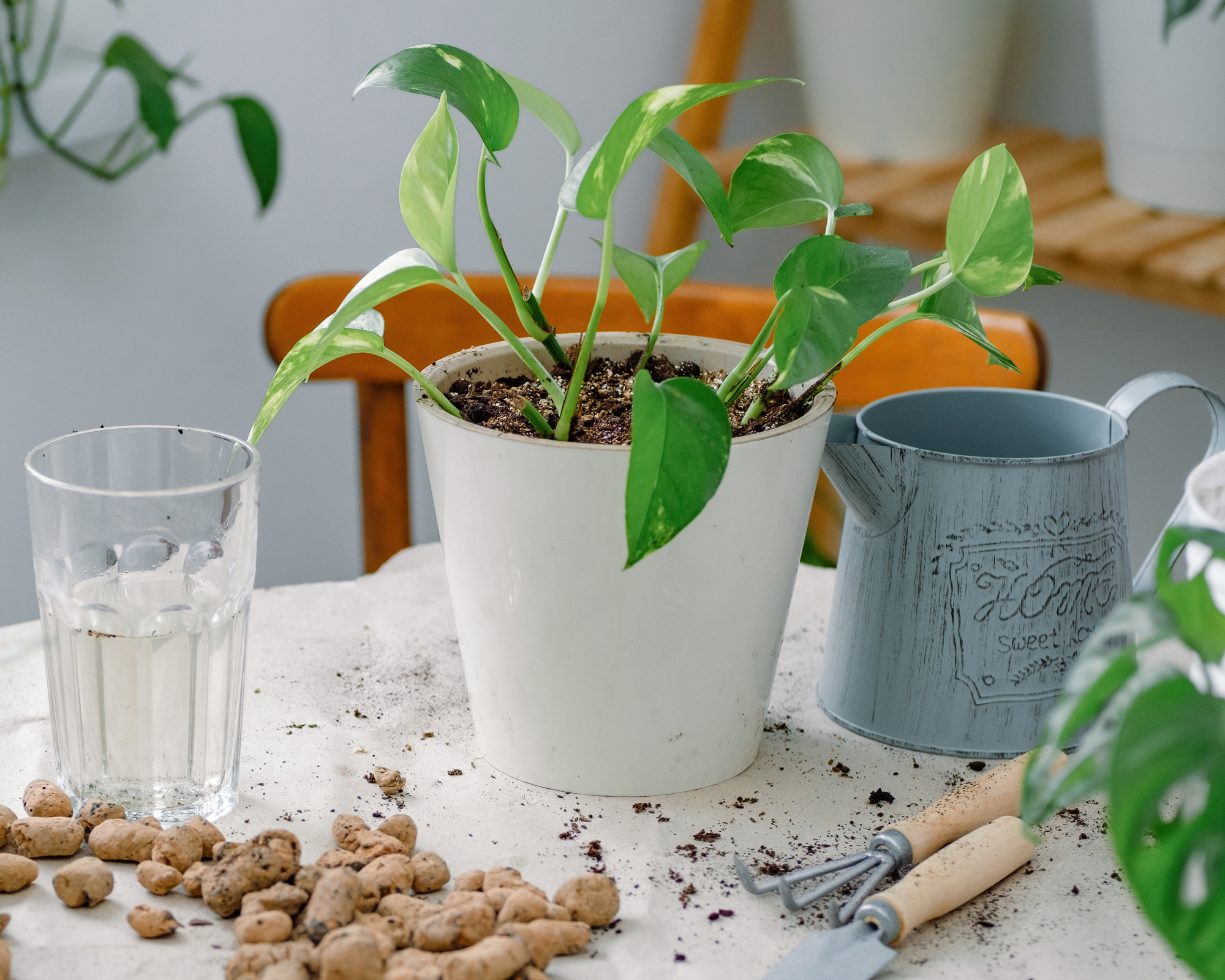
When new growth is visible, that means roots have formed. You can check for roots by lightly tugging on the cutting. If it resists, there are roots growing under the soil.
When rooting plants from cuttings you can also use perlite, vermiculite or coarse sand first, then transfer to potting soil when roots have formed.
How to Propagate Pothos by Division
The best time to start a new plant by division is when it is coming out of dormancy in late winter or early spring. Have your new containers and potting soil, like this organic option from Amazon, ready before you begin the division process.
Remove the entire root ball from the pothos current container. Gently separate stems by the roots and repot pothos in the new containers at the same level they were before. Water and continue normal care.
How to Propagate Pothos by Layering
You can also root pothos vines by layering, or laying stems on soil to root and make a new plant. If there is room in your current pothos container you can do it in the same pot. Otherwise, you can place a stem in another container filled with moist potting soil.
Bend part of the stem into the soil and cover with soil, leaving several inches of stem exposed. Once roots form you can cut the stem from the parent plant and grow as usual.
Check Out Our Complete Guide to Propagating Houseplants
Frequently Asked Questions
Is Propagating Pothos Easy?
Yes! Pothos is one of the easiest houseplants to propagate, especially when using the cutting method and rooting water. All you need is water, a jar, your pothos plant, and some scissors.
How Long Does it Take to Propagate Pothos?
It typically takes three to six weeks for pothos cuttings to grow roots.

After graduating from Oklahoma State University with a degree in English, Susan pursued a career in communications. In addition, she wrote garden articles for magazines and authored a newspaper gardening column for many years. She contributed South-Central regional gardening columns for four years to Lowes.com. While living in Oklahoma, she served as a master gardener for 17 years.


